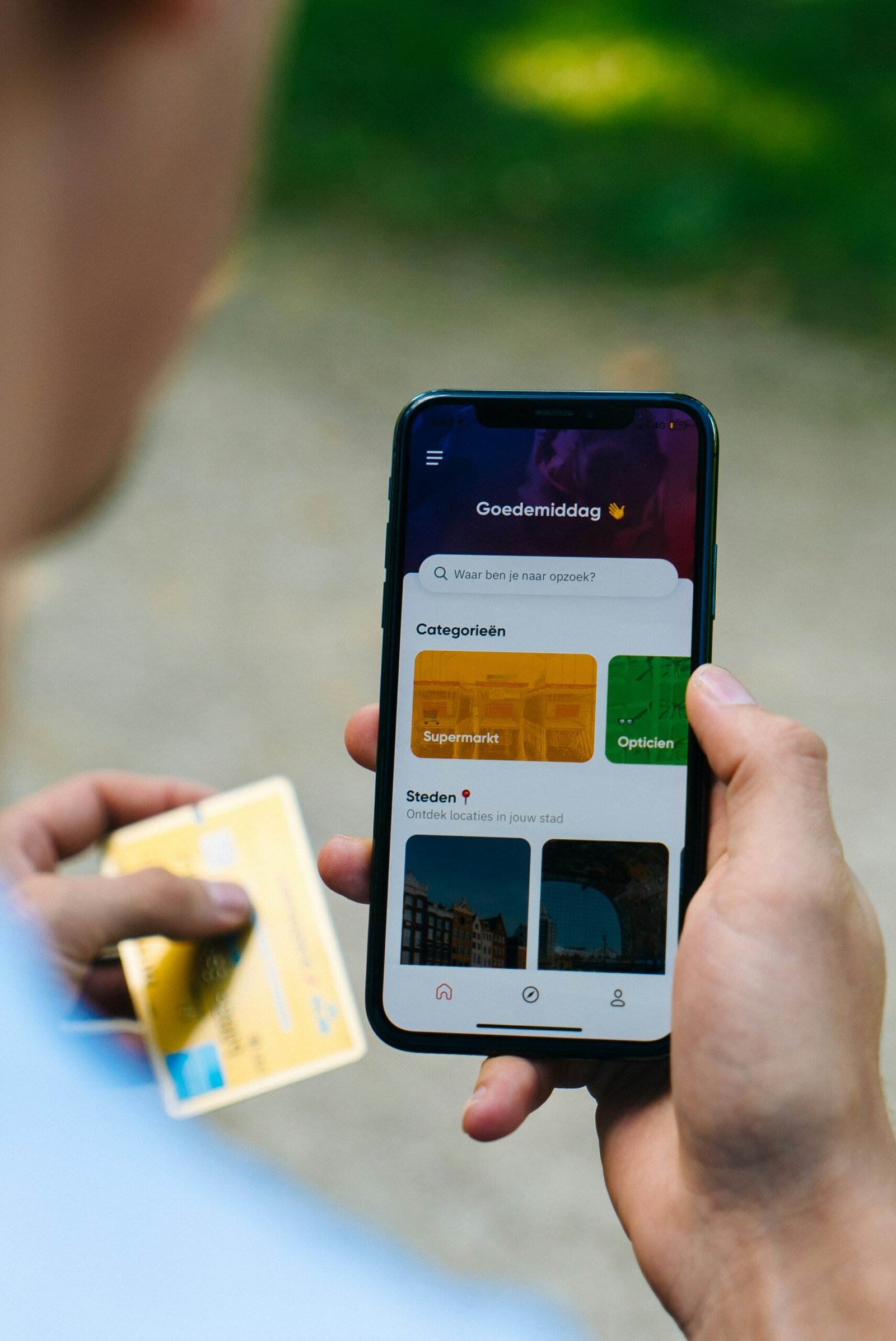How To Reset Your iPhone 12
Are you having issues with your iPhone 12 and considering a reset to fix them? Resetting your device can help resolve various software issues and improve its performance. In this article, we will guide you through the process of resetting your iPhone 12 step by step.

Why Should You Reset Your iPhone 12?
Resetting your iPhone 12 can be a useful troubleshooting technique when you encounter problems such as frequent crashes, slow performance, unresponsive apps, or other software-related issues. It can also help to free up storage space and improve the overall functionality of your device.
Improving Performance
By resetting your iPhone 12, you can clear out temporary files and cache that may be slowing down your device. This can help to improve its speed and responsiveness, making your overall user experience more enjoyable.
Fixing Software Glitches
If you’re experiencing frequent software glitches, such as freezing apps or unresponsive touch screen, a reset can help to resolve these issues. It can reset the software to its default settings, potentially fixing any bugs or errors that may be causing the problems.
Freeing Up Storage Space
Over time, your iPhone 12 may accumulate a lot of unnecessary files and data, taking up valuable storage space. A reset can help to clear out these files and free up space on your device, allowing you to install new apps or save more photos and videos.
Before You Reset Your iPhone 12
Before you proceed with resetting your iPhone 12, there are a few essential steps you should take to ensure that your data is backed up and that the process goes smoothly.
Backup Your Data
Before performing a reset, it’s crucial to back up all of your important data, such as photos, videos, messages, contacts, and app data. You can back up your iPhone 12 using iCloud or iTunes to ensure that your data is safe and can be restored after the reset.
Sign Out of Your Accounts
Make sure to sign out of all your accounts, such as iCloud, iTunes, and App Store, before resetting your iPhone 12. This will prevent any login issues or data loss during the reset process.
Disable Find My iPhone
To avoid any activation lock issues after the reset, you should disable the Find My iPhone feature on your device. This will allow you to reset your iPhone 12 without any obstacles or complications.

How To Reset Your iPhone 12
Now that you’ve backed up your data and completed the necessary preparations, you’re ready to reset your iPhone 12. There are two ways to reset your device: a soft reset and a factory reset. We’ll walk you through both processes in detail.
Soft Reset
A soft reset, also known as a restart, is a simple process that can help to fix minor software issues without losing any data. Here’s how you can perform a soft reset on your iPhone 12:
- Press and hold the Side/Power button along with one of the volume buttons simultaneously.
- Slide to power off when the slider appears on the screen.
- Wait for your iPhone 12 to shut down completely.
- Press and hold the Side/Power button again until the Apple logo appears, indicating that your device is restarting.
A soft reset can help to refresh your device and resolve minor software glitches or unresponsive apps. If you’re still experiencing issues after a soft reset, you may need to perform a factory reset.
Factory Reset
A factory reset, also known as a hard reset, will erase all data and settings on your iPhone 12 and restore it to its original factory state. Before proceeding with a factory reset, make sure that you have backed up all of your data. Here’s how you can perform a factory reset on your iPhone 12:
- Go to Settings on your iPhone 12.
- Tap General, then scroll down and tap Reset.
- Select Erase All Content and Settings.
- Enter your passcode if prompted.
- Confirm your decision by tapping Erase iPhone.
After confirming the factory reset, your iPhone 12 will be wiped clean, and all data and settings will be erased. It will then restart and display the “Hello” screen, indicating that it is ready to be set up as a new device.
Restoring Your Data
Once you have successfully reset your iPhone 12, you can begin the process of restoring your data from your backup. This will allow you to recover all of your photos, videos, messages, contacts, and app data onto your device. Here’s how you can restore your data:
Restoring from iCloud Backup
If you backed up your iPhone 12 using iCloud, you can easily restore your data during the setup process. Follow these steps:
- Turn on your iPhone 12 and follow the on-screen instructions until you reach the “App & Data” screen.
- Select Restore from iCloud Backup.
- Sign in to your iCloud account using your Apple ID and password.
- Choose the backup that you want to restore from.
- Wait for the restore process to complete, and your data will be transferred to your iPhone 12.
Restoring from iTunes Backup
If you backed up your iPhone 12 using iTunes on your computer, you can restore your data using iTunes. Here’s how:
- Connect your iPhone 12 to your computer using a USB cable.
- Open iTunes and select your device.
- Click Restore Backup in the Summary tab.
- Choose the backup that you want to restore from.
- Click Restore and wait for the process to complete.
Restoring your data from a backup will bring back all of your information and settings to your iPhone 12, making it feel like your familiar device again.

Additional Tips and Considerations
Before you reset your iPhone 12, here are some additional tips and considerations to keep in mind to ensure a successful reset process:
Check for Software Updates
Before resetting your iPhone 12, make sure to check for any available software updates. Updating your device to the latest version of iOS can help to fix existing bugs and improve its performance.
Clean Your Device
Consider cleaning your iPhone 12, both physically and digitally, before performing a reset. Remove any dust or dirt from the exterior and delete any unnecessary files or apps to optimize storage space.
Seek Professional Help
If you’re unsure about resetting your iPhone 12 or encounter any issues during the process, don’t hesitate to seek help from an Apple Store or authorized service provider. They can provide you with expert assistance and guidance.
In Conclusion
Resetting your iPhone 12 can be an effective solution to various software issues and performance problems. Whether you choose to do a soft reset or a factory reset, make sure to back up your data, follow the necessary steps, and restore your data afterward. By following the steps outlined in this article, you can successfully reset your iPhone 12 and enjoy a smooth and stable user experience.







